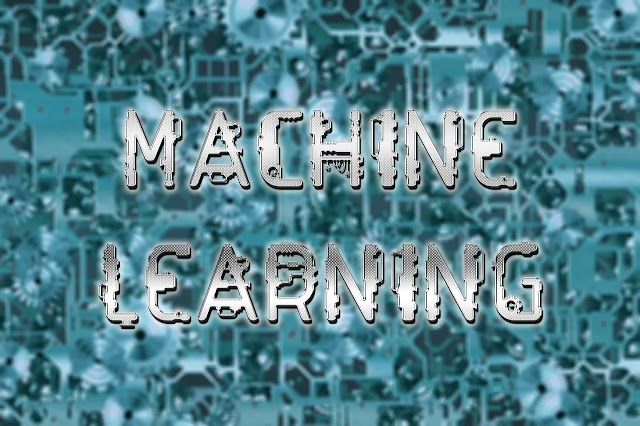Artificial intelligence and machine learning
Artificial intelligence (AI) is a broad field of computer science focused on creating machines that can perform tasks that typically require human intelligence. Machine learning (ML) is a subset of AI that involves developing algorithms allowing systems to learn patterns from data, improving their performance over time without explicit programming. ML encompasses various techniques, such as supervised learning, unsupervised learning, and reinforcement learning. AI and ML are rapidly advancing and find applications in diverse areas, including healthcare, finance, and autonomous systems.
In the ever-evolving landscape of technology, Artificial Intelligence (AI) and Machine Learning (ML) stand as pillars of innovation, reshaping the way we interact with machines and process information. Let's delve into the intricacies of these transformative fields and explore the profound impact they have on our lives.
Understanding Artificial Intelligence
Artificial Intelligence, often abbreviated as AI, is a multidisciplinary field that seeks to create intelligent machines capable of mimicking human cognitive functions. These functions include learning, reasoning, problem-solving, perception, and language understanding. The ultimate goal is to enable machines to perform tasks that typically require human intelligence, pushing the boundaries of what technology can achieve.
Types of AI:
Narrow or Weak AI: Designed to handle a specific task, like voice recognition or image classification.
General or Strong AI: Possesses the ability to understand, learn, and apply knowledge across diverse domains, akin to human intelligence (still largely theoretical).
The Essence of Machine Learning
Machine Learning, a subset of AI, is the engine that drives the evolution of intelligent systems. ML algorithms allow computers to learn from data and improve their performance over time without explicit programming. The learning process involves the identification of patterns and insights, leading to more accurate predictions or decisions.
Key Concepts in Machine Learning:
Supervised Learning: The model is trained on a labeled dataset, making predictions based on input-output pairs.
Unsupervised Learning: The model explores data without labeled outcomes, identifying patterns or structures on its own.
Reinforcement Learning: Agents learn by interacting with an environment, receiving feedback in the form of rewards or penalties.
Real-World Applications
The fusion of AI and ML has unleashed a wave of innovation across various industries, revolutionizing the way we live and work.
1. Healthcare:
AI aids in diagnostics, personalized medicine, and drug discovery, improving patient outcomes and accelerating medical research.
2. Finance:
ML algorithms analyze vast datasets to detect fraud, predict market trends, and optimize investment portfolios, enhancing decision-making processes.
3. Autonomous Systems:
From self-driving cars to drones, AI and ML play pivotal roles in enabling machines to navigate and make decisions in complex environments.
4. Natural Language Processing (NLP):
Advancements in NLP empower virtual assistants, language translation, and sentiment analysis, enhancing human-computer communication.
Ethical Considerations and Challenges as AI and ML continue to advance, ethical considerations become increasingly crucial. Issues such as bias in algorithms, privacy concerns, and the potential impact on employment require careful consideration to ensure responsible and equitable deployment of these technologies.
The Future Landscape
The journey of AI and ML is far from over. Ongoing research and development promise even more profound advancements, potentially unlocking the doors to human-level artificial intelligence. The intersection of these technologies with other emerging fields like quantum computing and robotics holds the key to a future where intelligent machines seamlessly integrate into our daily lives.
Conclusion
In conclusion, the synergy between Artificial Intelligence and Machine Learning marks a paradigm shift in the way we perceive and interact with technology. As these fields continue to evolve, the possibilities are limitless, ushering in an era where the boundaries between the capabilities of machines and humans blur, ultimately shaping a more intelligent and interconnected world.





Comments
Post a Comment